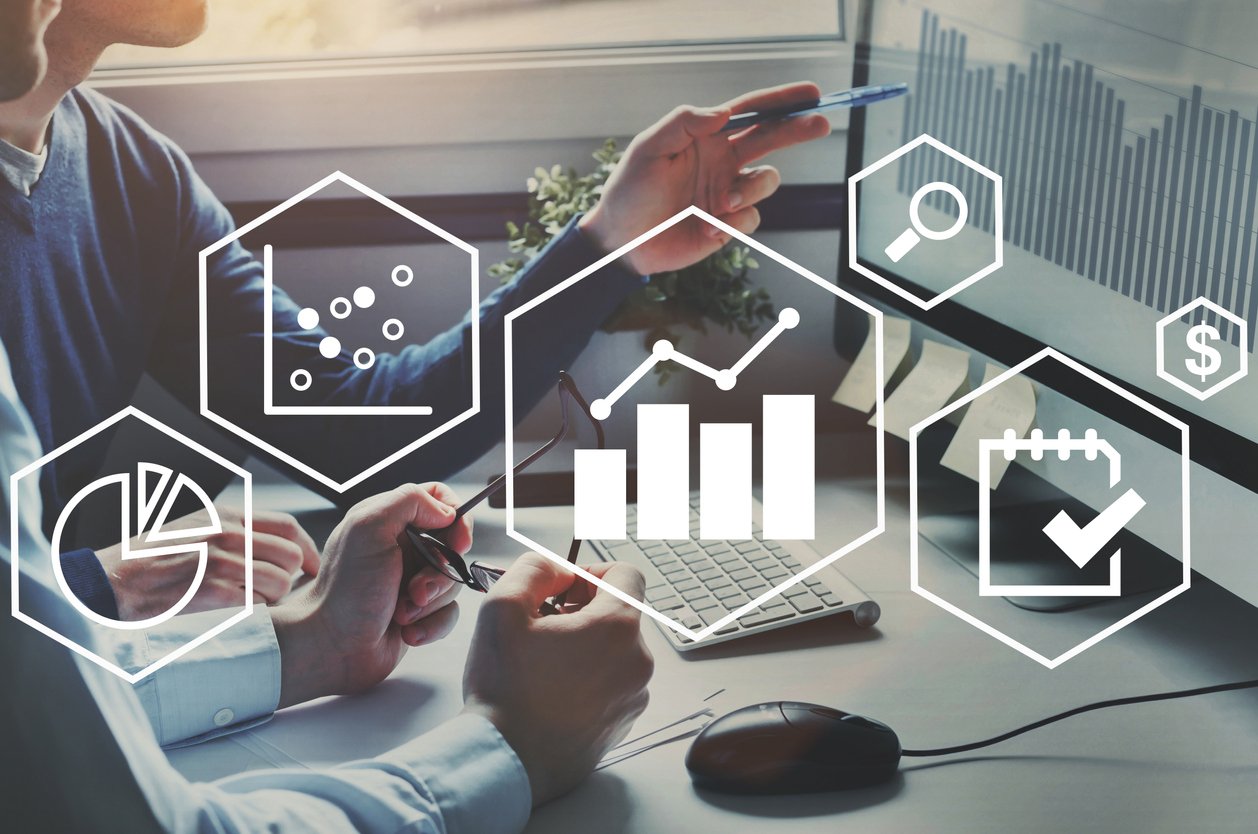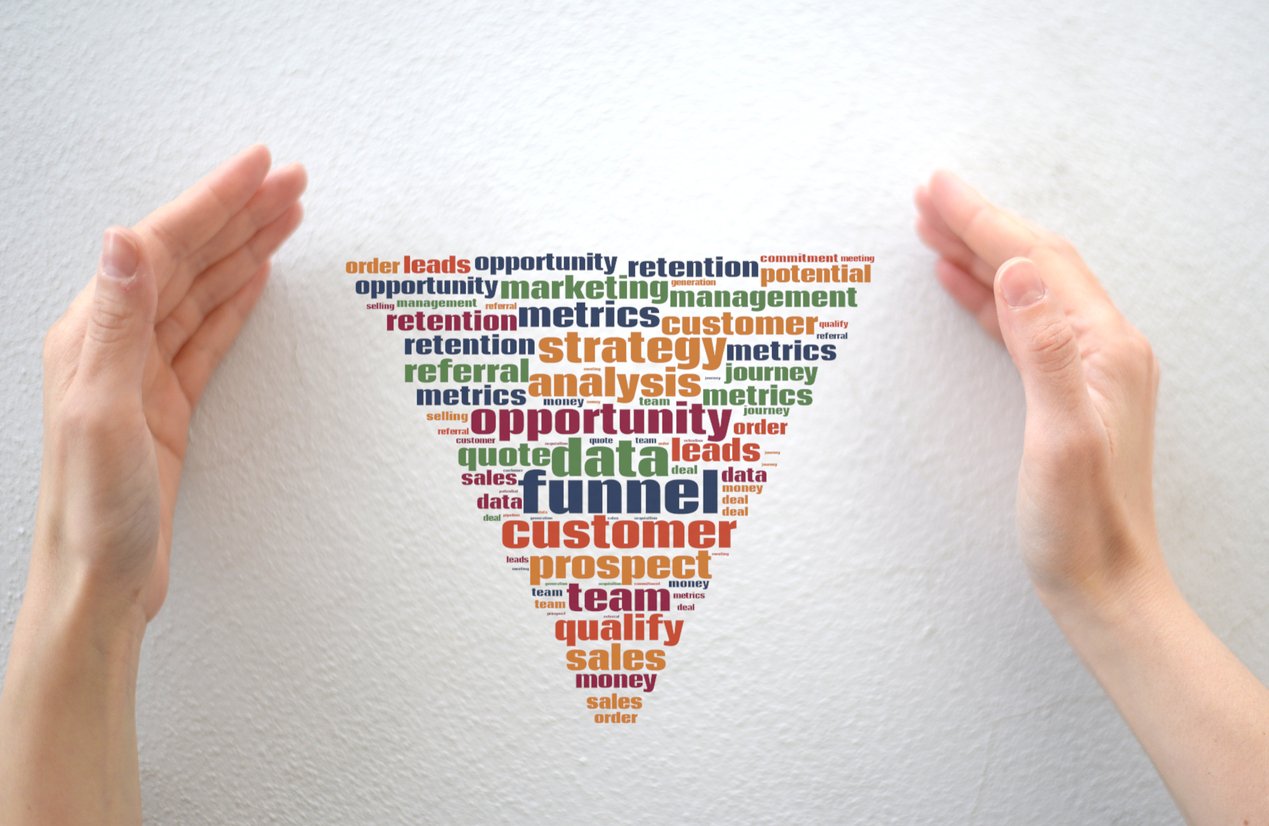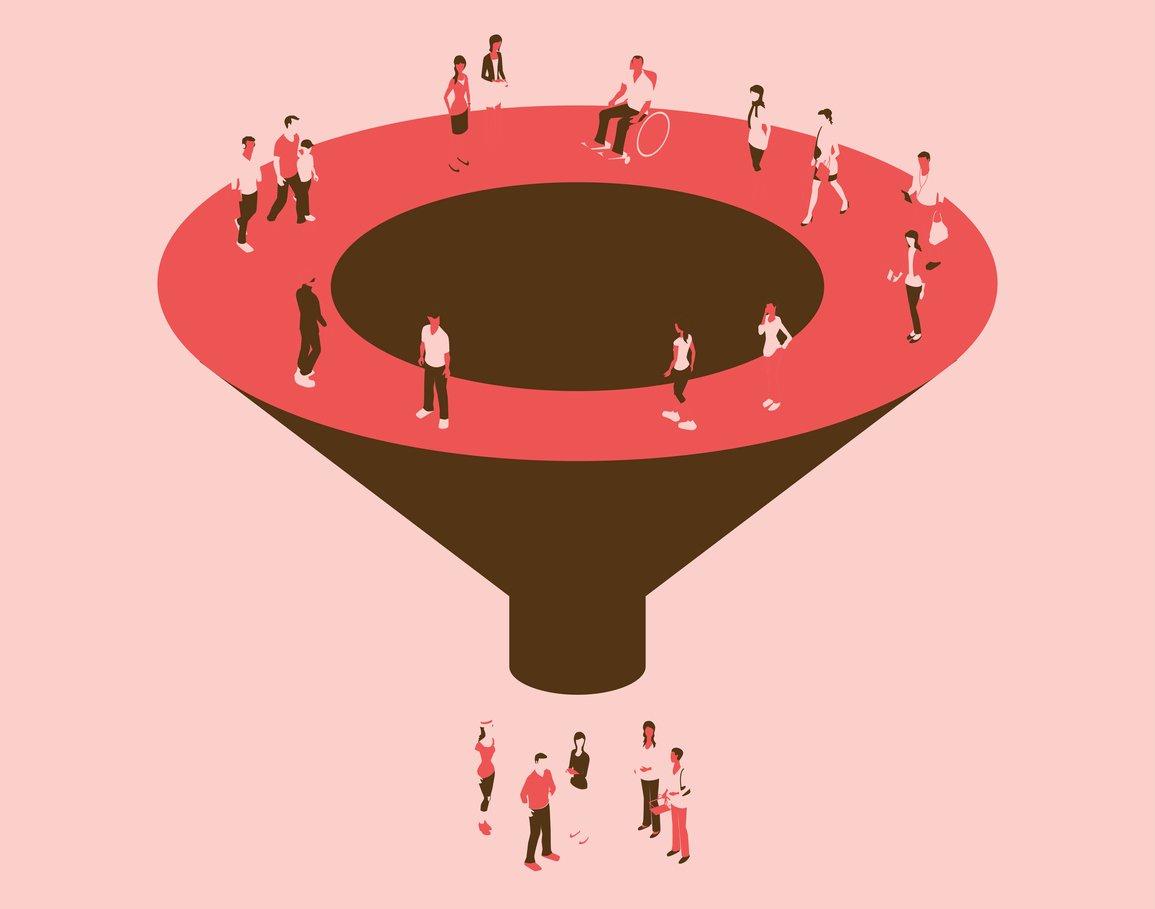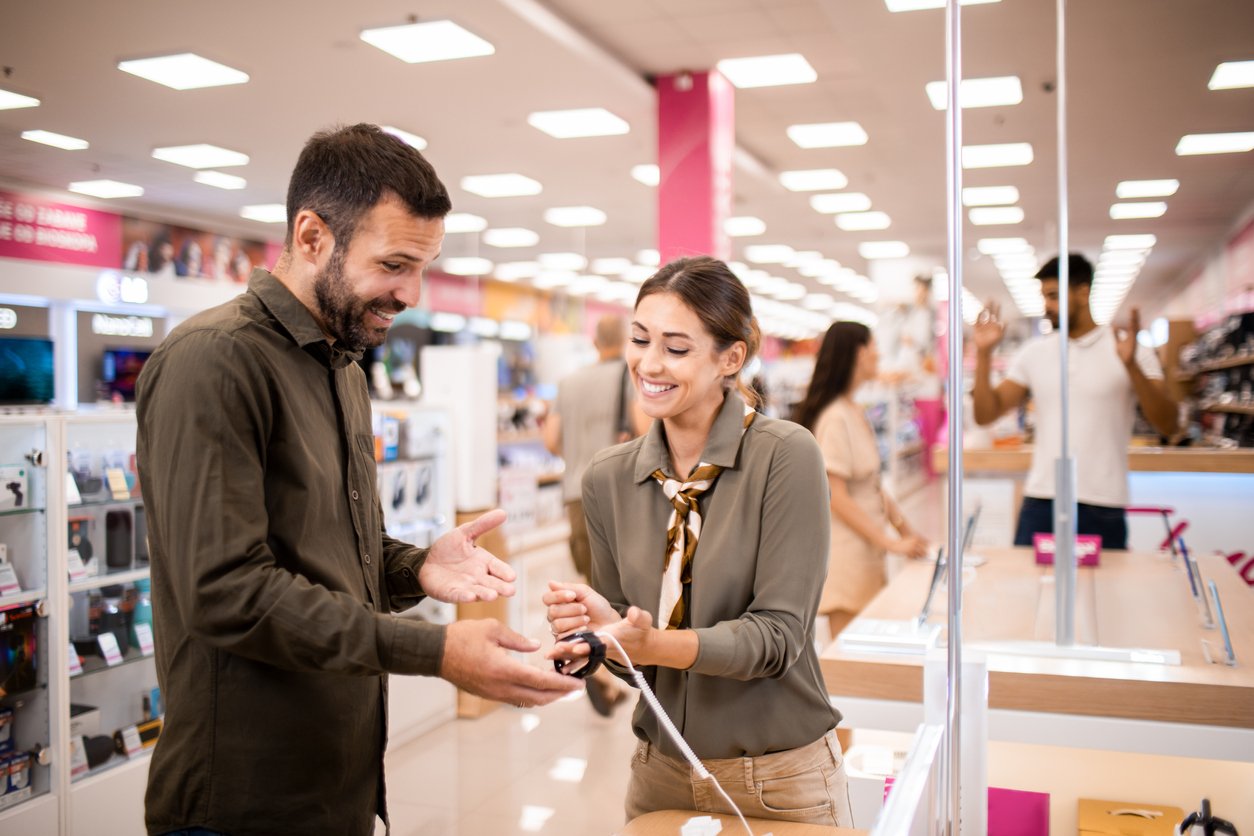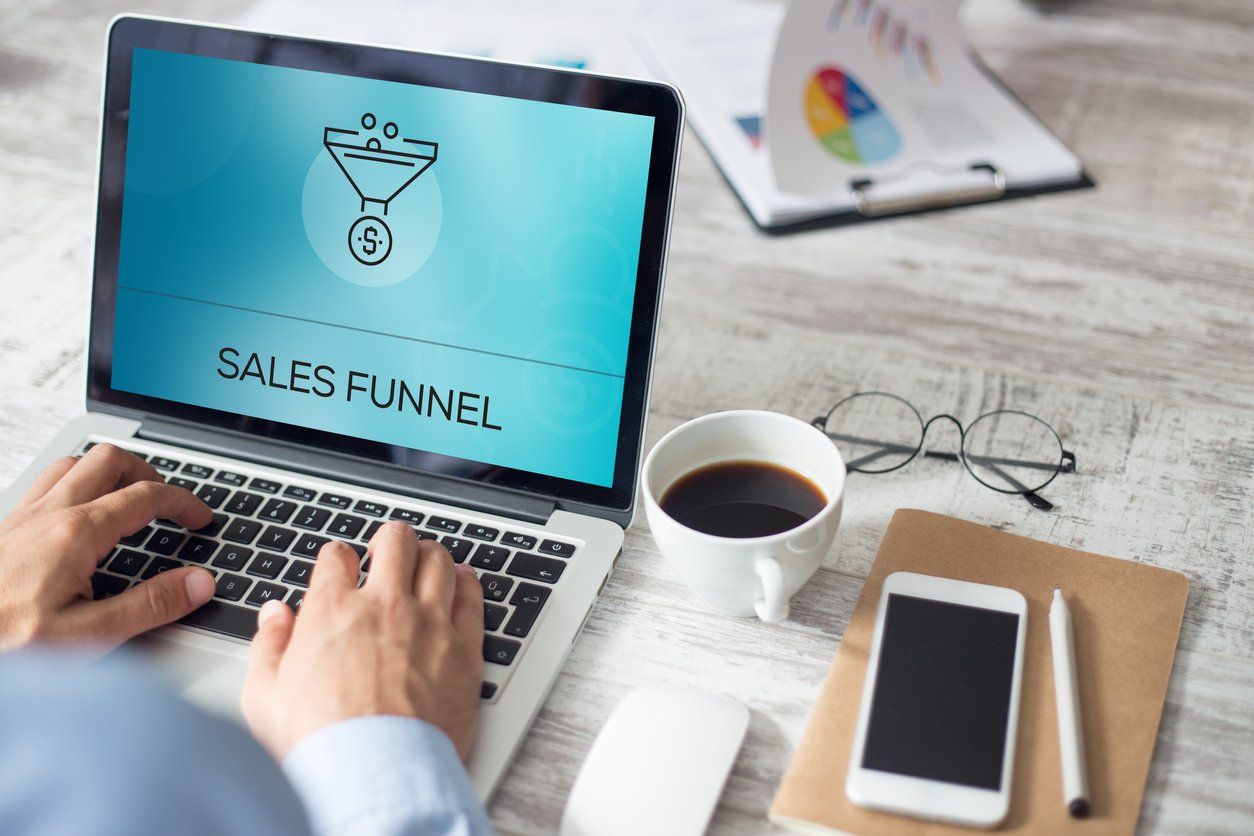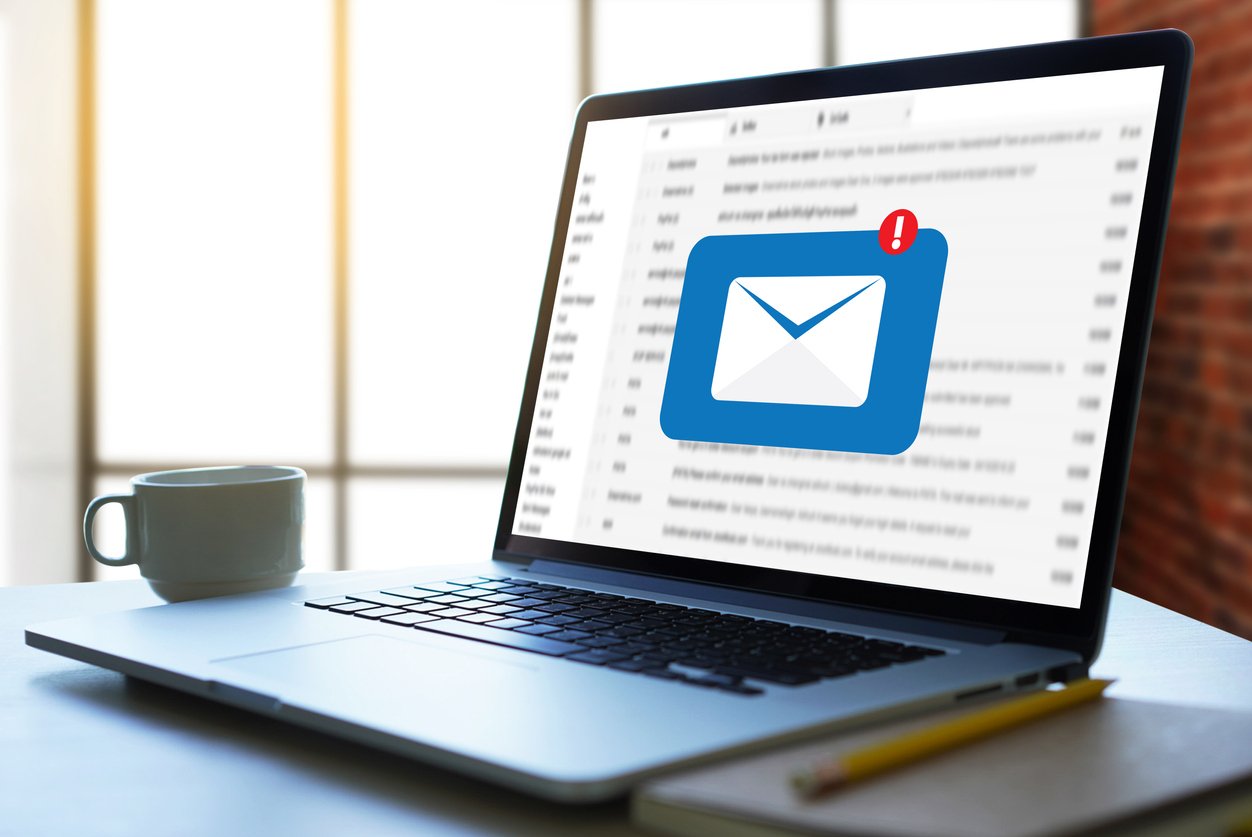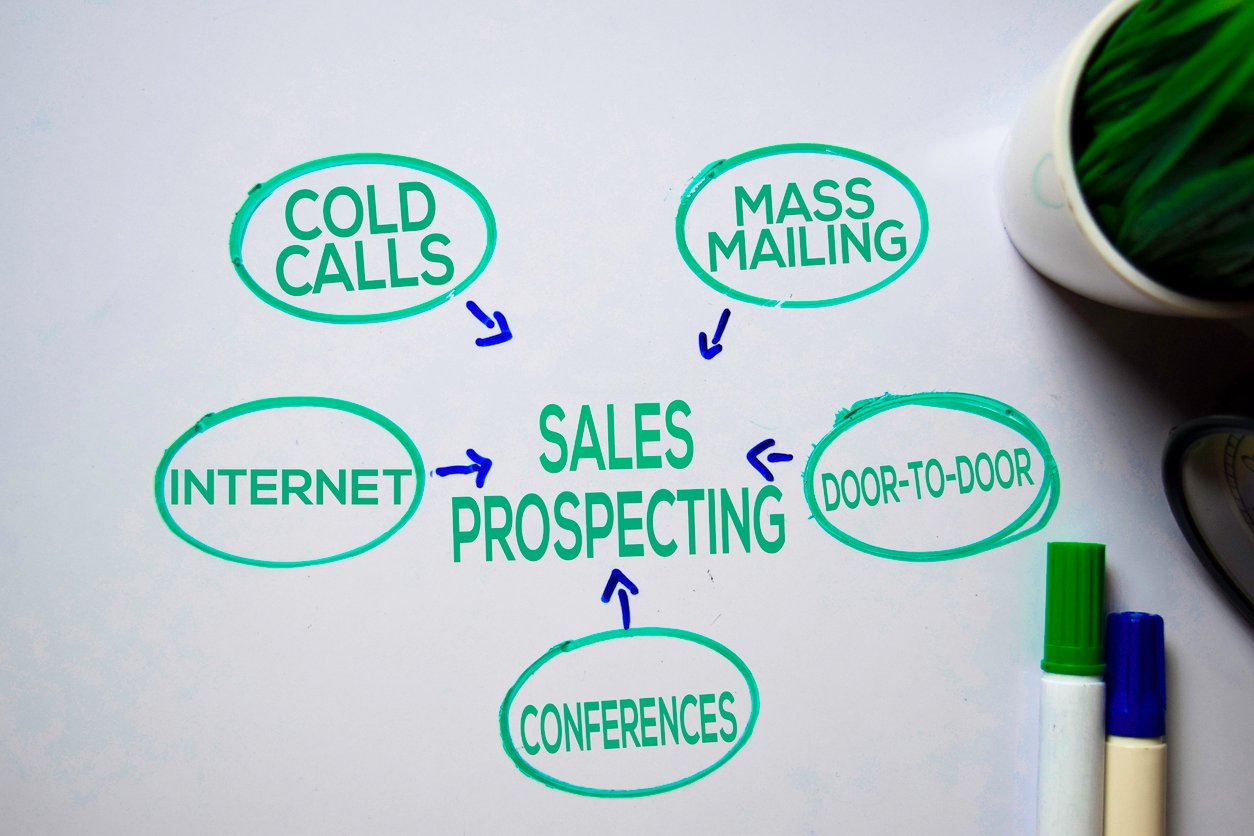
The Ultimate Guide to PLG: Product-Led Growth Strategy Explained
 Updated on
Updated on
 By Carlos Correa
By Carlos Correa
Carlos Correa
Carlos has been involved in the sales space for well over ten years. He began in the insurance space as an individual sales agent, managing teams as s...
learn more
Carlos Correa
Carlos has been involved in the sales space for well over ten years. He began in the insurance space as an individual sales agent, managing teams as s...
Table of Contents
Table of Contents
Some of today's most successful tech companies let their products do the talking. That's the essence of PLG, or product-led growth.
It's the strategy behind tools you've probably signed up for without a single sales call, including Slack, Zoom, or Notion. PLG flips the traditional playbook, making the product itself the engine for acquisition, activation, and retention.
But nailing PLG takes more than a great product. It's a mindset, a system, and a long game.
In this guide, we'll unpack what PLG really means, how it differs from traditional sales-led models, and why it's shaping the future of SaaS.
If you've ever wondered how a product can drive acquisition, retention, and expansion on its own, you're about to find out how the best PLG companies make it happen.
What Is PLG? Understanding the Product-Led Growth Definition
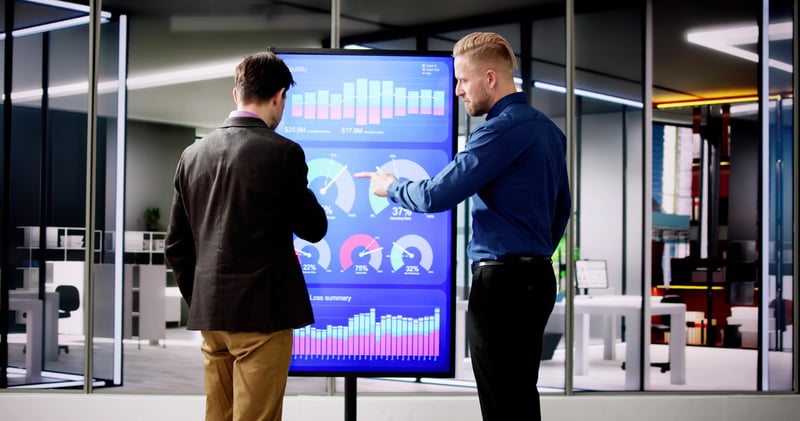
Product-Led Growth (PLG) is a business strategy where the product itself is the primary driver of customer acquisition, conversion, retention, and expansion.
Instead of relying heavily on traditional sales and marketing teams to "push" a product onto customers, a PLG model empowers users to experience the product's value firsthand, typically through a freemium model, a free trial, or an open-source version.
What Does PLG Stand for in Business and Marketing?
In business and marketing, PLG stands for Product-Led Growth. It represents a go-to-market (GTM) model where the product drives the buyer journey, from awareness to purchase and expansion.
Instead of pushing customers through a funnel with ads or outbound sales, PLG focuses on pulling them in through genuine product value.
Difference Between PLG, SLG (Sales-Led Growth), and CLG (Customer-Led Growth)
The best way to understand PLG is to compare it to other common growth models:
|
Aspect |
Product-Led Growth (PLG) |
Sales-Led Growth (SLG) |
Community-Led Growth (CLG) |
|
Primary Driver |
The product experience and its inherent value. |
Sales team outreach and relationship building. |
A community of users and advocates. |
|
Customer Acquisition |
Freemium, free trials, word-of-mouth, and viral loops. |
Outbound sales, marketing campaigns, and demos. |
Community engagement, events, and user-generated content. |
|
Target Audience |
End-users and individuals within an organization. |
Decision-makers and executives. |
A specific user persona or industry group. |
|
Sales Cycle |
Short to non-existent; users convert on their own time. |
Long and complex, involving multiple touchpoints. |
Varies, but often driven by peer recommendations. |
|
Key Metric |
Product-Qualified Leads (PQLs), activation rates. |
Marketing-Qualified Leads (MQLs), conversion rates. |
Community engagement, user-generated content, and referrals. |
Why "Product-Led" Is Reshaping Go-To-Market Strategies
Modern customers, particularly in the B2B SaaS sector, prefer to self-educate and try before they buy. Here's why "product-led" is reshaping go-to-market strategies:
- Lower Customer Acquisition Costs (CAC): By allowing the product to do the initial selling, companies can reduce their reliance on expensive sales and marketing teams.
- Faster Sales Cycles: When users can experience the value of a product for themselves, the time it takes to convert them into paying customers is significantly reduced.
- Higher Revenue Per Employee: With a more efficient go-to-market motion, PLG companies can often achieve higher revenue with a smaller team.
- Better User Experience: A PLG focus forces companies to build better, more intuitive products, leading to higher customer satisfaction and retention.
The Core of PLG: The Product-Led Growth Flywheel
The Product-Led Growth Flywheel is a cyclical model that uses the momentum of happy customers to drive further growth.
Here's how it works:
- Attract: A PLG strategy attracts users directly to the product through content, SEO, and word-of-mouth. The product itself is the main marketing channel.
- Engage: Once a user signs up, the focus is on getting them to the "aha moment" as quickly as possible. This is achieved through seamless onboarding and a user-friendly interface.
- Delight: By consistently delivering value and a great user experience, the product delights its users.
- Advocate: Delighted users become the fuel for the flywheel. They share their positive experiences with their network, write reviews, and create user-generated content, which in turn attracts new users to the product, starting the cycle all over again.
This continuous loop creates a self-sustaining growth engine where the product and its users are the primary drivers of acquisition and expansion.
Building a Product-Led Growth Strategy That Works

Shifting to a product-led growth strategy is a fundamental change in your company's DNA, requiring a deep understanding of your customer and a relentless focus on delivering value through your product.
The following is how you do it effectively.
Steps to Create a Product-Led Growth Strategy
Building a PLG strategy starts with understanding your users and shaping your product to meet them exactly where they are. Here's how to structure it:
- Define Your Value Metric: Before anything else, you must understand the core value your product delivers. Identify the key action that makes a user think, "Aha! I get it." This becomes your north star for the entire user journey.
- Remove Friction to Value: Analyze every single step a new user takes to reach that "aha moment." A PLG strategy lives or dies by its ability to deliver value instantly.
- Deliver the "Aha! Moment" Immediately: Use interactive tutorials, checklists, and tooltips to help users perform that key action as quickly as possible.
- Create a Clear Monetization Path: As users become more invested and their needs grow, they should naturally encounter limitations (e.g., usage caps, feature gates) that make upgrading to a paid plan the logical next step to unlock even more value.
- Leverage Users for Growth: Encourage advocacy by building in natural viral loops. This could be a referral program that rewards users (like Dropbox's "invite a friend for more space") or a product that is inherently collaborative (like Figma or Calendly), where using it with others introduces new users to the platform.
Aligning Product, Marketing, and Customer Success Teams
For PLG to work, alignment is non-negotiable. Every team must rally around the same goal: helping users find success within the product. Here's how:
- Product Teams focus on reducing time-to-value and improving core functionality.
- Marketing Teams drive qualified signups and communicate product benefits through content and community.
- Customer Success ensures users continue discovering value post-activation, supporting retention and expansion.
This alignment ensures that growth isn't siloed.
How to Make Your PLG Product the Primary Acquisition Driver
To make your product the engine of growth, you need to design it to be discovered, experienced, and shared.
- Offer a Freemium or Free Trial: This is the cornerstone of PLG. It lowers the barrier to entry and allows users to experience your product's value proposition without any financial commitment.
- Embed Virality: Can users share a report, invite a collaborator, or send a link that requires the recipient to interact with your product? This creates a powerful, organic growth loop.
- Design for Self-Service: The product must be intuitive enough for a user to get started, find value, and even upgrade without ever speaking to a human. This requires excellent UI/UX, clear documentation, and in-app guidance.
Key PLG Strategy Questions to Ask Before Launching
Before diving headfirst into a product-led growth SaaS model, gather your team and ask these critical questions:
- Can a user understand our core value proposition and reach the "aha moment" in under 10 minutes without any human intervention?
- What is the single action (our value metric) that correlates most strongly with a user becoming a paying customer?
- Why would a free user want to upgrade? Is the value of our paid tiers immediately obvious and compelling?
- How does one person's use of our product create value for another person, potentially bringing them in as a new user?
- Are our product, marketing, and sales teams all incentivized and measured based on product usage metrics like activation and adoption?
If you can confidently answer "yes" to most of these, you're ready to launch a PLG model that scales sustainably.
PLG Marketing: How It's Different (and Better)

PLG in marketing means letting your product be the message. Every onboarding email, in-app prompt, and educational touchpoint works toward one thing: getting users to that "aha moment" as quickly as possible.
PLG Marketing vs Traditional Demand Generation
Traditional demand generation is a "company-first" model, where the goal is to capture information and control the buyer's journey. PLG marketing is a "customer-first" model that empowers the user.
Here's how they differ:
- Traditional Demand Gen: The focus is on gating valuable content (eBooks, webinars) behind forms to capture leads (MQLs). These leads are then nurtured via email campaigns with the ultimate goal of booking a sales demo. The product is the final reveal.
- PLG Marketing: The focus is on removing all friction to experiencing the product. Content is created to help users solve problems using the product. The call-to-action isn't "Request a Demo," it's "Try for Free." The product is the first handshake.
Product-Qualified Leads (PQLs) vs Marketing-Qualified Leads (MQLs)
This is one of the most critical distinctions in a product-led growth world.
- Marketing-Qualified Lead (MQL): This is a person who has shown interest in your company's marketing content. They might have downloaded a whitepaper or visited your pricing page. Their qualification is based on demographic data and marketing engagement, which are often poor predictors of actual buying intent.
- Product-Qualified Lead (PQL): This is a user who has experienced your product's core value (the "aha moment") and has taken specific actions that signal strong buying intent. They have demonstrated through their behavior that they understand the solution and are getting value from it.
For example, a PQL for a collaboration tool might be a team that has sent over 1,000 messages and integrated two other apps. These behavioral signals are far more powerful than any MQL metric. In fact, conversion rates for PQLs can be as high as 25-30%, blowing the typical 1-2% MQL conversion rate out of the water.
How to Build a PLG Funnel With Product-First Marketing
The PLG funnel looks very different from the traditional marketing funnel. Here's how to build one effectively:
- Attract Users Through Value-Based Channels: Use content marketing, SEO, and community-building to drive awareness. Instead of pushing features, focus on problems your product solves.
- Activate Quickly: The onboarding experience is your "first impression." Make it frictionless by guiding users straight to the core feature that delivers the fastest time-to-value (TTV).
- Measure Product Engagement: Use analytics to track behavior and identify patterns in activation and retention. These insights help you refine the funnel continuously.
- Create Product-Led Nurture Loops: Replace traditional email drips with in-app education, tooltips, and usage-based recommendations that lead users deeper into the product.
- Encourage Expansion and Advocacy: Once users experience value, prompt them to invite teammates, share projects, or upgrade. This creates organic, user-driven growth loops, the hallmark of a strong PLG model.
When done right, a product-first marketing strategy doesn't feel like marketing at all. It feels like guidance, helping users unlock value faster and become loyal advocates.
PLG Metrics and KPIs: What to Measure
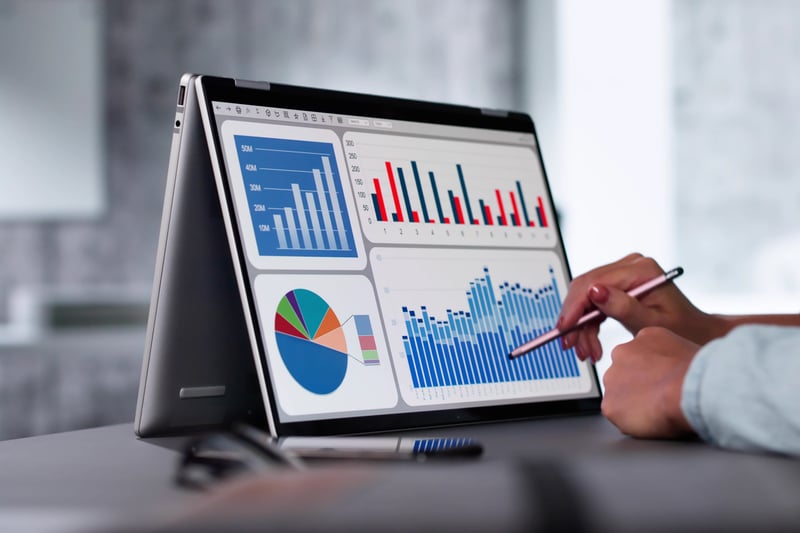
In a traditional SaaS company, you might focus on MQLs, sales pipeline, and close rates. But in product-led growth, the data you track must shift from sales activity to user behavior.
Tracking the right product led growth metrics is the only way to know if your strategy is working.
Most Important Product-Led Growth Metrics
To evaluate the health and scalability of your PLG model, focus on metrics that capture user behavior and business impact:
|
Metric |
Description |
|
Expansion Revenue (Net Dollar Expansion) |
The true power of PLG lies in its ability to grow existing accounts through upsells, cross-sells, and usage-based billing. Formula: (Expansion + Reactivation – Contraction – Churn) ÷ Starting revenue × 100 |
|
Product Adoption Rate |
This metric measures the percentage of active users who are engaging with your product's key features. It's calculated as (Number of new active users of a feature / Total number of users) x 100. A high adoption rate shows your product is sticky and solves real problems. |
|
Activation Rate |
Activation is the point where a new user has completed a set of key actions that lead to the "aha moment." For a project management tool, activation might be defined as "creating a project, adding three tasks, and inviting a teammate." |
|
Feature Usage |
Tracking which features users adopt most (and least) helps prioritize product improvements and growth experiments. What to watch: Frequency of core feature usage, depth of interaction, and user segments with the highest engagement. |
How to Set Up a Data-Driven PLG Model
A data-driven PLG model combines analytics, experimentation, and automation to guide decisions. The goal is to measure how users move through your PLG flywheel, and continuously optimize for faster time-to-value and stronger retention.
Here's how to set it up:
- Instrument the product early: Integrate analytics tools like Amplitude, Mixpanel, or Heap to capture key events (signup, activation, feature usage).
- Define your North Star Metric (NSM): Choose a single metric that reflects long-term product success (e.g., "documents shared per active user").
- Set activation milestones: Map out the key actions users must take to reach value and monitor conversion rates at each stage.
- Run experiments: Test onboarding flows, pricing models, and product messaging to identify what drives engagement.
- Build feedback loops: Use in-app surveys and customer data to fuel continuous product improvements.
This approach ensures your product-led growth strategy evolves based on real user behavior, not assumptions.
How PLG Metrics Tie Back to SaaS Unit Economics
In PLG SaaS, product performance directly influences financial outcomes. The beauty of a strong PLG model is that it naturally improves unit economics, lowering acquisition costs and increasing lifetime value.
Here's how the key metrics connect:
- LTV (Lifetime Value): Measures total revenue a customer generates throughout their relationship, showing how effectively your product retains and expands accounts.
- CAC (Customer Acquisition Cost): Calculates total marketing and sales spend needed to acquire one paying customer, helping gauge acquisition efficiency.
- NRR (Net Revenue Retention): Tracks recurring revenue growth from existing customers after upgrades, downgrades, and churn, reflecting product stickiness and expansion success.
Best PLG Tools and Software for SaaS Growth

Building a product-led growth (PLG) sales strategy that scales involves empowering your team with the right tools to understand users, personalize experiences, and drive engagement.
The best PLG software gives SaaS companies the visibility, automation, and insights they need to turn free users into loyal customers.
Tool Categories
Your PLG tech stack can be broken down into a few critical categories, each serving a distinct purpose in the user journey.
- Onboarding & Walkthroughs: These tools help you create interactive product tours, checklists, and tooltips to guide new users to their "aha moment" as quickly as possible. The goal is to reduce TTV and increase activation rates without requiring human intervention.
- Product Analytics: Product analytics platforms allow you to track every click, feature use, and user flow within your application. This data is essential for understanding user behavior, identifying friction points, and defining what constitutes a Product-Qualified Lead (PQL).
- In-app Messaging: In-app messaging tools (like chatbots and targeted pop-ups) allow you to engage with users directly within the product. You can use them to announce new features, offer contextual help, or prompt PQLs to connect with your sales team.
- Feedback & NPS (Net Promoter Score): These tools make it easy to collect qualitative and quantitative feedback through surveys, session recordings, and heatmaps. This helps you understand user sentiment, prioritize your product roadmap, and identify your biggest advocates.
Top PLG Tools for Each Function
Here are some of the best-in-class product led growth sales tools that top PLG companies use to power their growth engines.
|
Category |
Top PLG Tools |
Key Use Case for a PLG Model |
|
Onboarding & Walkthroughs |
Pendo, Appcues, UserGuiding |
Creating personalized, code-free onboarding flows to drive user activation and feature adoption. |
|
Product Analytics |
Mixpanel, Amplitude, Heap |
Deeply analyzing user behavior to define PQLs, understand conversion drivers, and optimize the user journey. |
|
In-app Messaging |
Intercom, Drift, Crisp |
Engaging with users contextually to provide support, announce features, and route high-intent PQLs to the sales team. |
|
Feedback & NPS |
Hotjar, FullStory, Delighted |
Capturing user feedback, running NPS surveys, and watching session replays to identify friction points and opportunities for improvement. |
How to Integrate PLG Tools Into Your Tech Stack
Integrating product-led growth (PLG) tools into your tech stack turns product usage into acquisition and retention channels. Here's a breakdown on how to do it properly:
- Audit existing tools and data flows to identify gaps and integration points.
- Prioritize core PLG capabilities, including analytics, onboarding, in-app messaging, feedback, and product experiments.
- Select tools with open APIs, webhooks, and native integrations to minimize engineering effort.
- Define events, properties, and user journeys; standardize naming and tracking across the stack.
- Implement incrementally: wire analytics first, then onboarding, messaging, and experimentation.
- Monitor metrics, iterate on integrations, and document ownership for long-term maintainability.
By integrating your PLG software, you create a seamless flow of information that empowers every team to make data-driven decisions based on what users are actually doing in your product.
Getting Started: Frameworks, Books, and Agencies

Transitioning to a product-led growth model involves a strategic shift in your company's culture, processes, and GTM strategy. Fortunately, you don't have to reinvent the wheel.
Pioneers in the PLG space have created frameworks, written definitive books, and built agencies to guide you on this journey.
Product-Led Growth Framework Options
There's no one-size-fits-all PLG framework, but several respected models have emerged from practitioners who've built and scaled successful PLG companies.
OpenView's PLG Framework
OpenView has developed a comprehensive framework that focuses on aligning your entire organization around the product. It emphasizes four key pillars:
- Value: Define and deliver your product's value to the end-user.
- Audience: Build a go-to-market strategy that targets end-users, not just top-down buyers.
- Model: Design your freemium or free trial model to drive conversion and expansion.
- Distribution: This framework is excellent for leadership teams looking to structure their high-level sales and operations planning around a product-first motion.
Wes Bush's "Tidal Wave" Model
Outlined in his foundational book, this model focuses on the user's journey. It argues that a successful PLG strategy creates a "tidal wave" of demand from the bottom up. A key component is the "Bowling Alley Framework," which focuses on creating a straight line for new users to get from sign-up to a "strike" (experiencing a meaningful outcome).
Best Product Led Growth Book Recommendations
To truly grasp the philosophy behind PLG, diving into these books is essential.
- How to Build a Product That Sells Itself by Wes Bush: This is the definitive product led growth book and the perfect starting point. It provides a tactical, step-by-step guide to implementing a PLG strategy, from pricing and positioning to onboarding and team alignment.
- Hooked: How to Build Habit-Forming Products by Nir Eyal: While not exclusively a PLG book, Hooked explains the psychology behind building products that users return to again and again.
- Inspired: How to Create Tech Products Customers Love by Marty Cagan: This book provides a framework for creating a strong product culture and building products that solve real problems, which is the absolute prerequisite for any product-led strategy to succeed.
When to Hire a Product Led Growth Agency to Scale
Consider bringing in a PLG agency if:
- You've launched a freemium or trial model, but activation or retention is low.
- You need help integrating product analytics, CRM, and marketing automation.
- Your internal teams lack alignment on growth ownership or data strategy.
- You're transitioning from a traditional sales-led growth model and need expert guidance.
Top agencies often operate as strategic partners, blending product analytics, UX design, and growth experimentation. This allows founders and marketing teams to focus on long-term business plan scaling while the agency builds out repeatable, product-led systems.
Keeping up With Product-Led Growth News and Industry Shifts
To keep learning:
- Follow OpenView's PLG Index and annual SaaS benchmarks.
- Subscribe to newsletters like ProductLed Weekly and Lenny's Newsletter.
- Join PLG-focused Slack communities such as Product-Led Alliance or Product-Led Growth Collective.
- Attend virtual events like Product-Led Summit or SaaStr Annual for peer learning and case studies.
Keeping your pulse on product-led growth news ensures you're not just following best practices, you're shaping them.
Conclusion
From redefining your go-to-market strategy to restructuring your teams and metrics, it's clear that PLG is a fundamental transformation in how modern SaaS companies are built and scaled.
But a successful PLG strategy doesn't eliminate the need for a smart sales process. Your teams need a way to identify high-intent PQLs from a sea of free users, engage with them at the perfect moment, and manage the entire customer journey with context.
This is where a powerful CRM built for modern sales motions becomes essential.
With Ringy's automation, analytics, and engagement tools, SaaS teams can:
- Track user interactions and PQLs in real time.
- Automate personalized follow-ups through email, SMS, and calls.
- Align sales and customer success efforts around product data.
In short, Ringy helps you operationalize your PLG strategy, so your product, marketing, and sales workflows all pull in the same direction.
Schedule a demo today and start building a scalable, product-led SaaS growth engine with Ringy CRM.

Skyrocket your sales with the CRM that does it all.
Calling? Check. SMS? Check. Automation and AI? Check. Effortlessly keep in touch with your customers and boost your revenue without limits.

Take your sales to new heights with Ringy.
Sales in a slump? Ringy gives you the tools and flexibility you need to capture leads, engage with them, and turn them into customers.
Subscribe to Our Blog
Enter your email to get the latest updates sent straight to your inbox!
Categories
Related Articles























